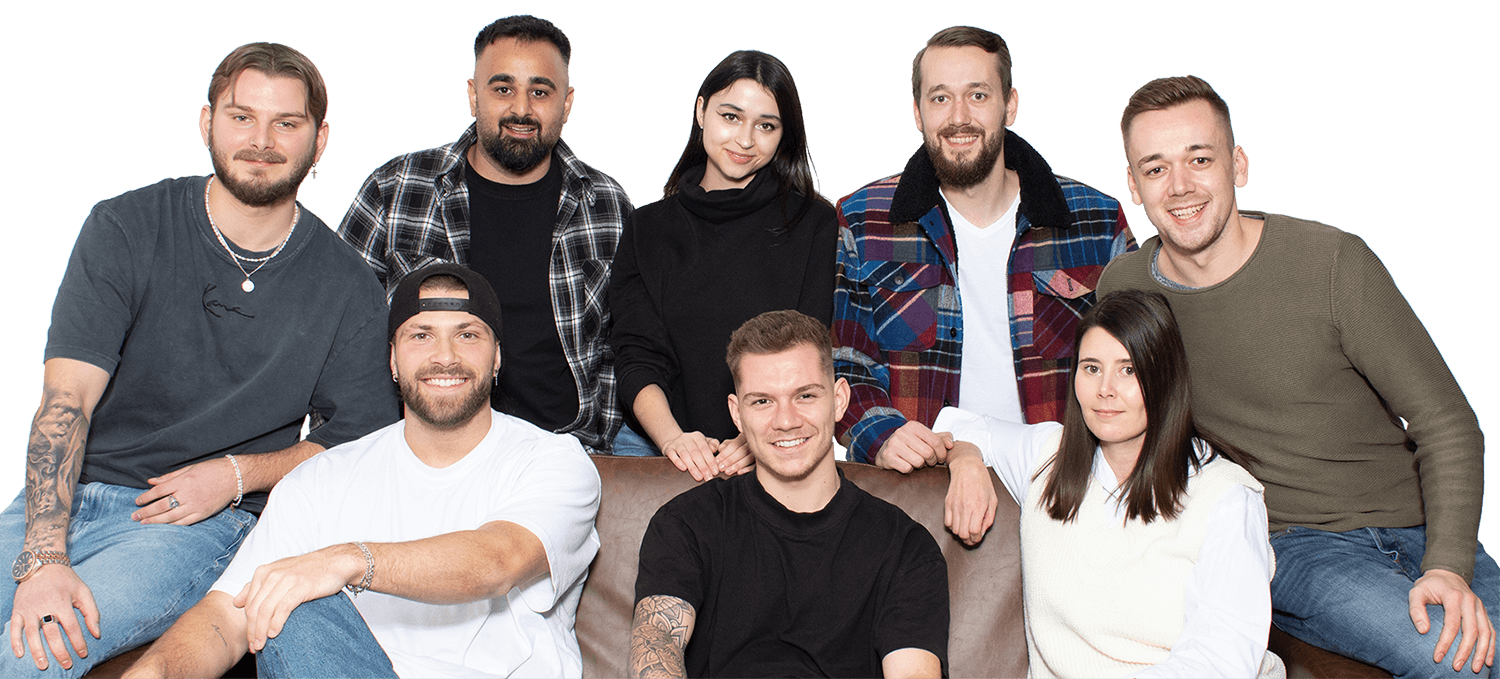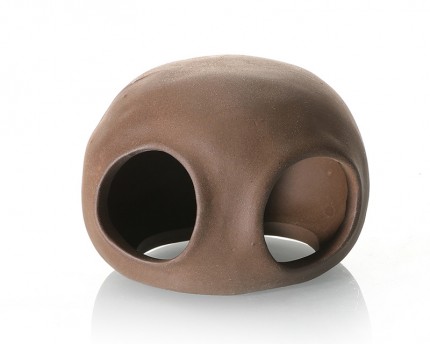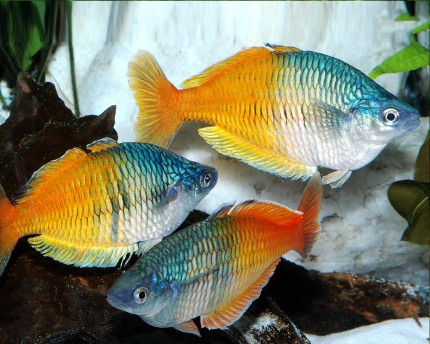incl. VAT plus shipping costs
Ready for shipment in 2 Day(s)
Delivery only innh. Germany and Austria possible.
Switch to the German store
- Item no: 6547
Fast delivery times
All products are in stock with us!14 years of breeding experience
Let our team of experts advise you!High customer satisfaction
from over 3,000 reviews "| Water values: | soft to medium hard |
| Breeding: | medium |
| Temperature: | 25-30 °C |
| Feature: | Interesting coloring |
| with fish?: | Yes, with peaceful fish |
| Visual effect: | Forms territories (when spawning) |
| Planting possible?: | conditional* (see description) |
| Pelvic region: | Below |
| Fish group: | Catfish |
| with shrimps?: | with dwarf shrimps, offspring is not eaten |
| Origin: | South America |
| Difficulty: | 2 - Normal |
| Diet: | omnivorous - omnivorous |
| with snails/shells?: | Yes |
| Behavior: | Normal |
| with large crabs?: | No |
| with dwarf crabs?: | No |
| Final size: | 8-12 cm |
| Aquarium size: | 200 l (approx. 100cm) |
| with crabs?: | No |
The beautiful Angelfish(Hypancistrus sp.) L028 from South America has a very nice pattern. Large, striking white dots are distributed on a dark ground, which can even be seen on the fins. Under stress the dark ground color changes to a rather light gray. The Angelfish grows to about 10-12 cm in length.
The very compatible, calm and peaceful catfish is well suited for the community tank. It gets along with other peaceful fish as well as with shrimps. For a small group of 3-5 animals an aquarium from 100 cm is recommended.
The aquarium base should be furnished with roots and with stones, superstructures from slate or with catfish caves. There should be significantly more hiding places than catfish in the aquarium.
The Angelfish prefers rather soft to medium hard water and likes a high oxygen content - a diffuser, an oxydator or a bubbling stone increase the well-being. The temperature of the aquarium water should be 25 to 30 °C.
The males of the Angelfish can be easily distinguished from the females: They have distinctly more spiny leading edges on the pectoral fins. The abdominal area of the females is significantly wider than that of the males.
Breeding in the aquarium is possible. The female likes to lay her clutch of up to 60 yellow eggs in a catfish tube closed at the back, where it is then guarded and cared for by the male. After free swimming the young are fed with vegetable food and with frozen food. As live food Artemia are suitable as well as Grindalworms or Enchyträen.
Hypancistrus sp. is an omnivore and eats especially in its youth also vegetable food. Later its preference shifts more towards animal food: frozen food, special food chips for catfish, flake food, granules, pellets and so on are suitable for Angelfish. Young animals may well still go to aquarium plants, only the older animals leave them alone.
Delivery size: 4-10cm
Our food recommendation: The NatureHolic Catfish Feed is a professionally formulated complete food especially for all sucking catfish. The food tabs contain important dietary fibers such as chitin and plant fibers, which are essential for the survival of catfish for a well-functioning digestion. With strong proteins from insect larvae as well as carbohydrate-rich vegetables NatureHolic Catfish Feed provides all sucking catfish optimally with all important building materials for a fast and healthy growth. The extra hard chips can be scraped off by the catfish close to nature - here they really have to do something for their food! An occupation like in nature.
Our plant recommendation: Use for planting NatureHolic InVitros. These are free of snails, planarians and other unwanted co-inhabitants. Also free of algae spores, bacteria and fungi.
Expert Tip: We recommend for fish keeping the NatureHolic 3 Phase Liquid. The care set offers the best all-round protection for your animals. It ensures optimal conditions for successful breeding and keeping.
| Scientific name | Hypancistrus sp. |
| German name: | Angelfish catfish |
| Difficulty level: | for beginners |
| Origin/Distribution: | South America |
| Coloration: | dark brown to black with large white spots, also white spotted on the fins |
| Age expectancy | several years |
| Water parameters: | GH 5 to 15, KH 3 to 12, pH 6 to 7.5, temperature 25 to 30 °C |
| Tank size: | from 100 cm |
| Food | Omnivorous: catfish sticks, flake food, pellets, chips, wafers, frozen food, especially young catfish also green food and vegetables |
| Breeding | possible in the aquarium |
| Behavior | very peaceful |
| Group size | from 2 animals |
| Further information | Ten typical aquarium fish for beginners and alternatives to them, Tips for acclimating fish to the aquarium, Feeding aquarium fish properly - cheap food and what it can do |
- Item no: 6547
Entdecke die Garnelio Welt!
Garnelio gehört zu den größten Onlineshops für wirbellose Aquarientiere weltweit.
Viele Artikel gibt es exklusiv nur bei uns im Shop.
















